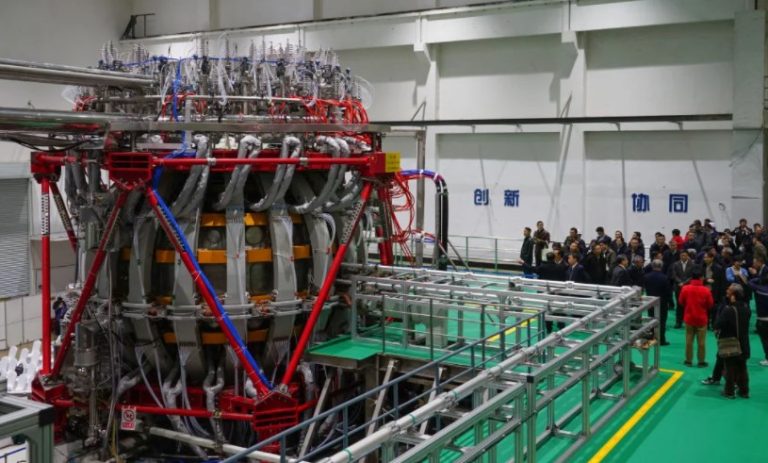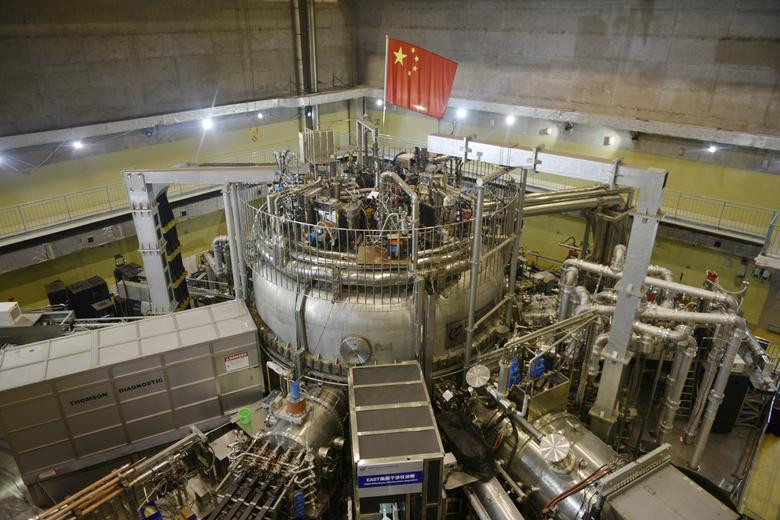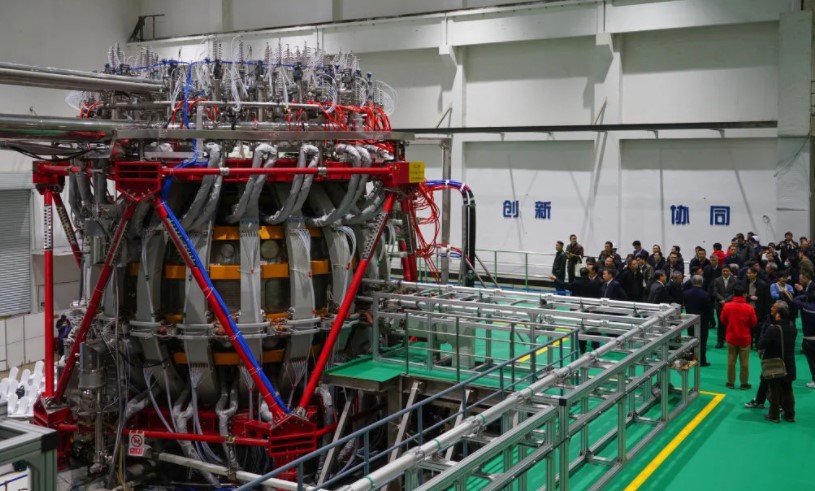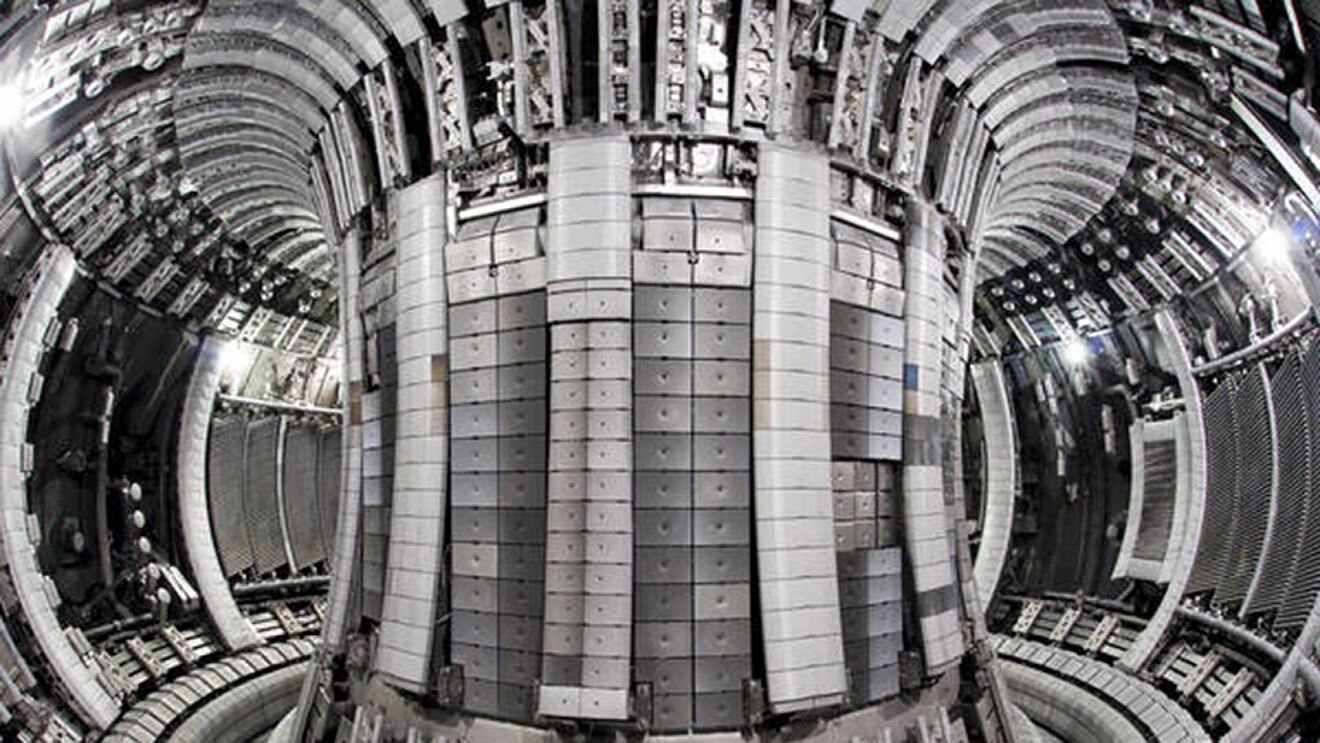
According to Chinese official media, a nuclear fusion reactor ran five times hotter than the sun for over 17 minutes before setting a new benchmark for sustained high temperatures.
According to the Xinhua News Agency, the “artificial sun” dubbed as the Experimental Advanced Superconducting Tokamak (EAST) achieved temperatures of 70,000,000C during the trials. Artificial sun devices are being developed with the ultimate goal of providing near-limitless renewable energy by simulating natural processes in stars.

“The development of nuclear fusion energy is not only a way to solve China’s strategic energy needs, but also has great significance for the future sustainable development of China’s energy and national economy.”
This Tokamak reactor is the nation’s biggest and comprehensive nuclear fusion research equipment, and experts believe it might unlock a tremendous source of clean energy. People’s Daily reports that it can achieve temperatures of 150 million degrees Celsius—ten times warmer than the sun’s core—using an extremely strong magnetic field.
The reactor, which was finished late last year and is positioned in southwest Sichuan province, is sometimes referred to as an “artificial sun” because of the immense heat and electricity it generates.
As per project leader Gong Xianzu, an affiliate investigator at the Chinese Academy of Sciences’ Institute of Plasma Physics, a solid scientific and experimental foundation has been created for a fusion reactor. A total of over £700 billion has already been spent on China’s EAST project, which will continue its testing through the end of June.
Fusion is a sought-after and elusive sort of nuclear technology that researchers have been attempting to develop for years. Atomic nuclei are fused to create energy by fusion, which produces very little radioactive waste.
Fission, the atom-splitting technique now used in atomic warheads and power plants, is the polar opposite of this process. Although fission is more convenient, nuclear waste is generated. Fusion, on the other hand, is more difficult, but it is more environmentally friendly.

Solar power is generated by a fusion of nuclear nuclei, which is similar to the science of the sun and can be harnessed for electricity production.
Unlike the nuclear fission procedure that drives commercial nuclear energy production, this technology doesn’t require fossil fuels and doesn’t produce any toxic waste. According to physicists, environmental catastrophes are also less likely to occur.
When (ITER) the International Thermonuclear Experimental Reactor goes online in 2035, it will be the biggest nuclear fusion reactor ever built. China’s EAST project is a component of ITER. This project includes countries from across the world, notably Russia, United States India, South Korea, and Japan. The EAST project’s next objective is to keep the high temperature steady for an extended length of time.

China’s test could aid experts in their hunt for methods to reduce the prices of fusion, which is currently deemed prohibitively expensive.